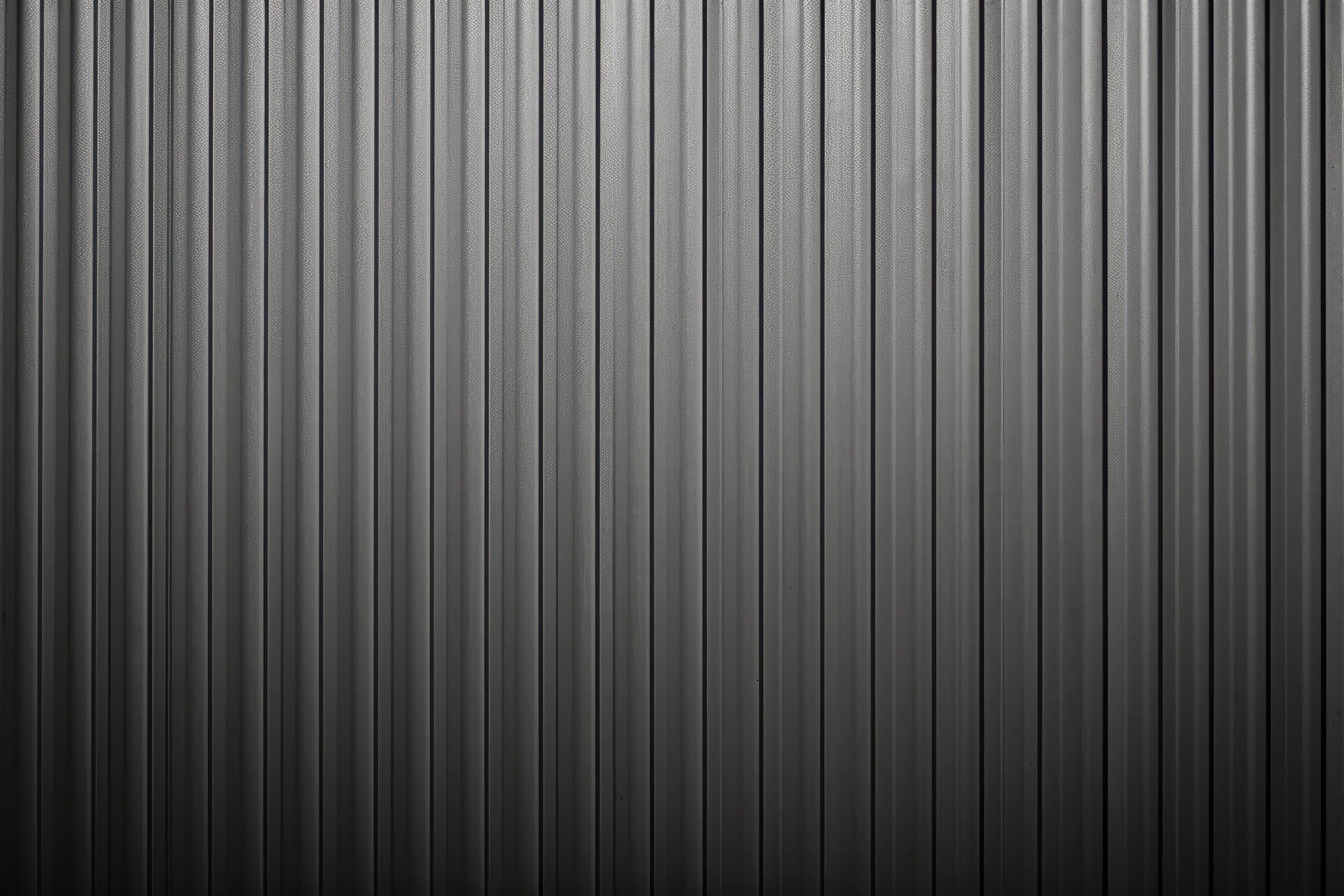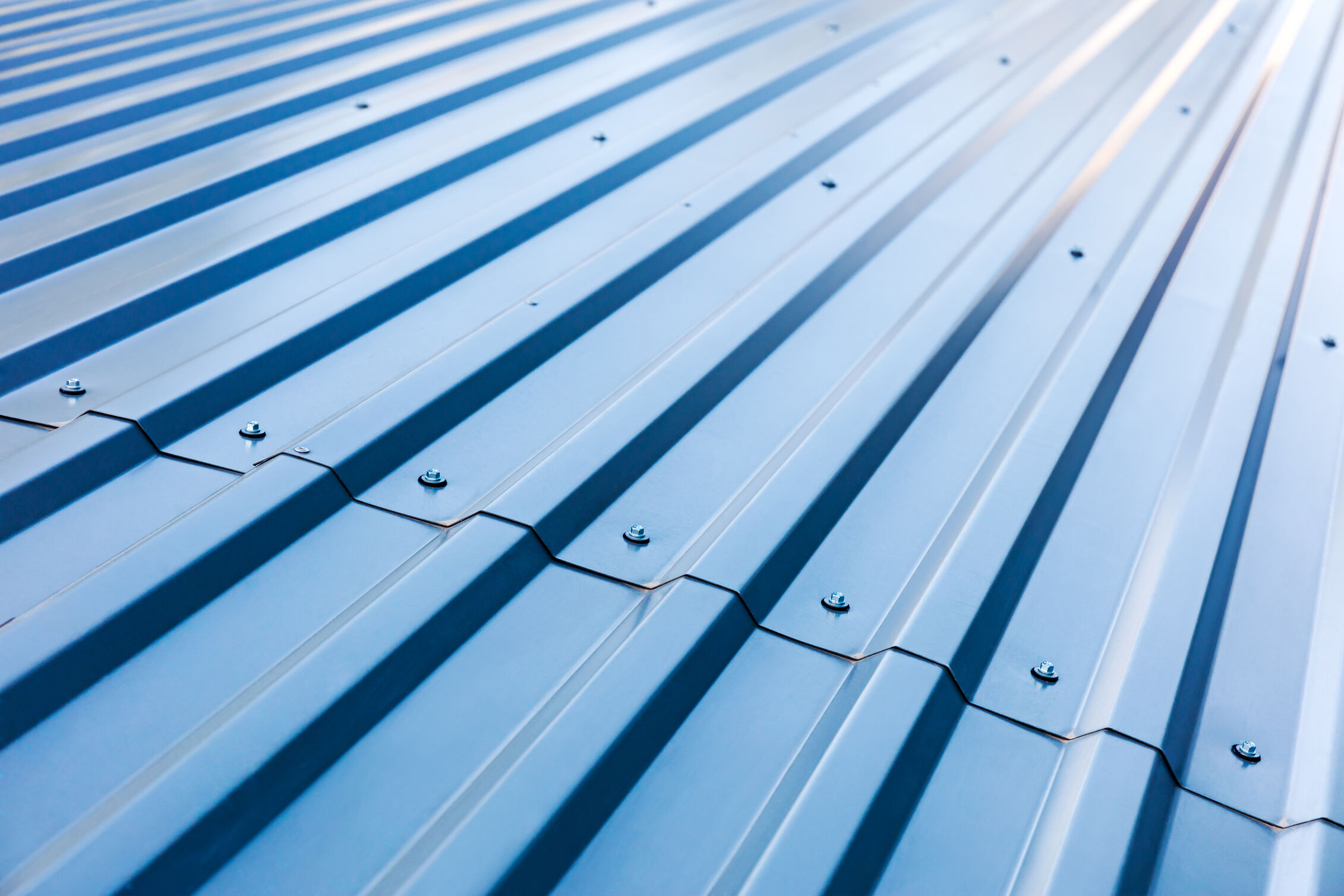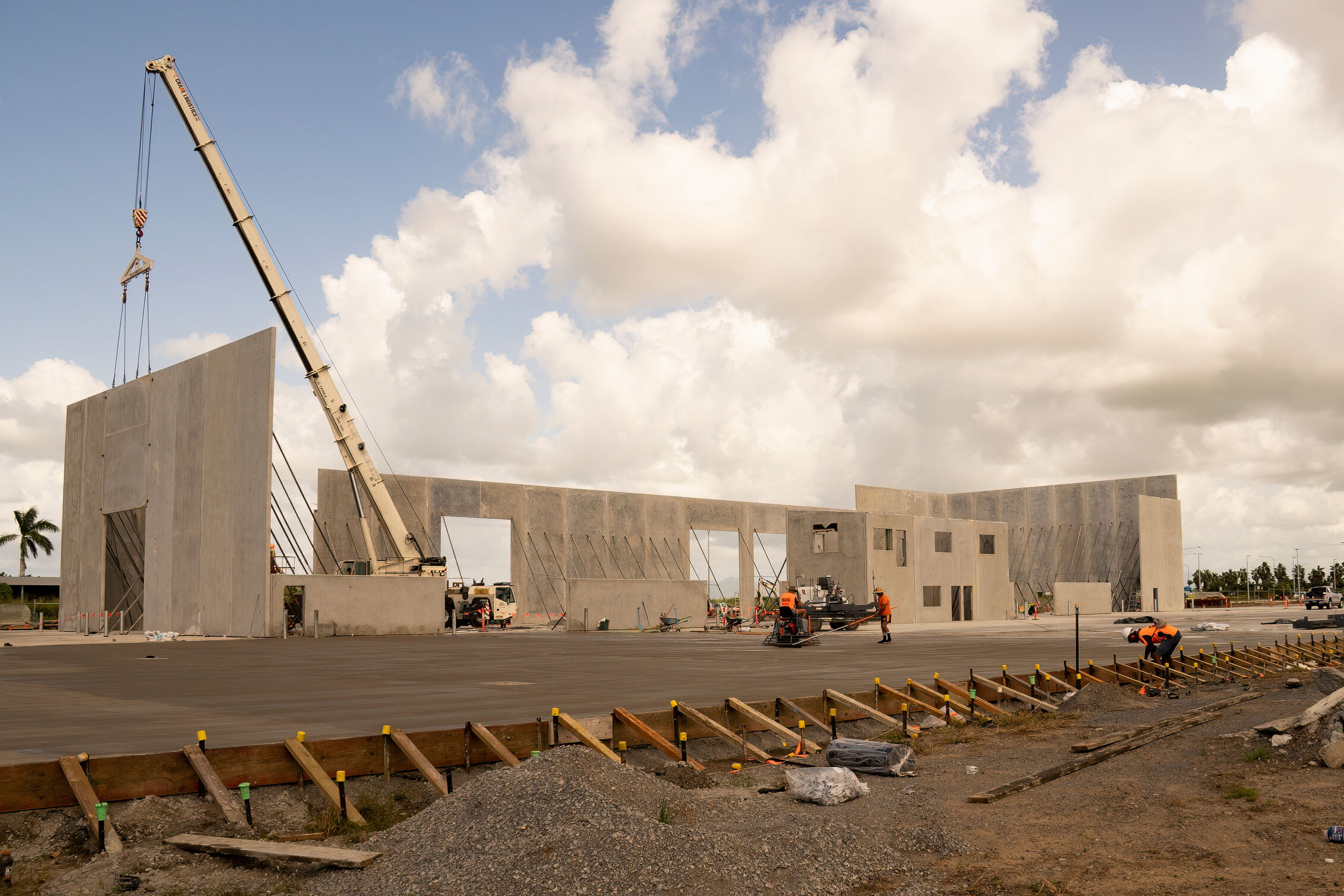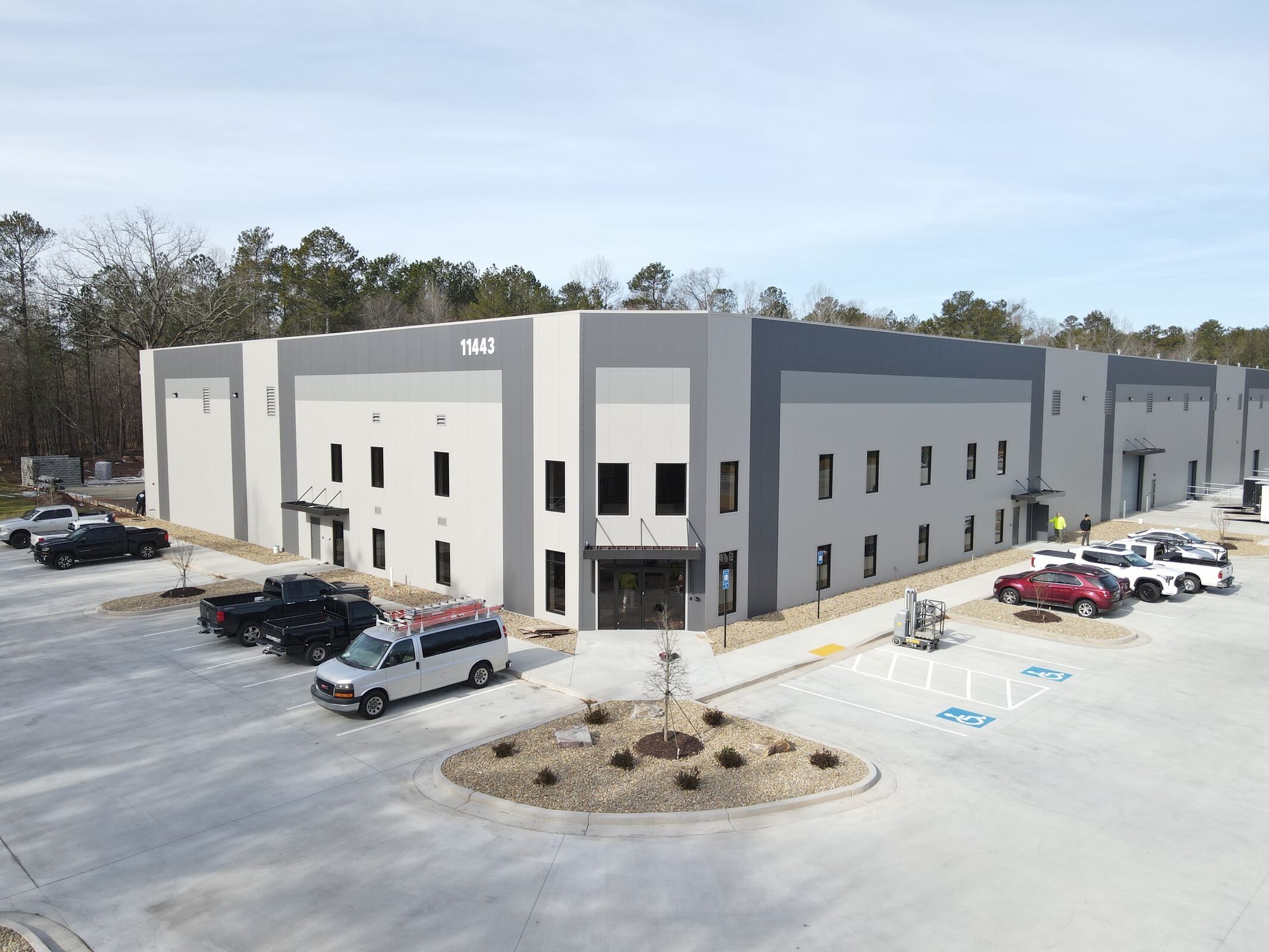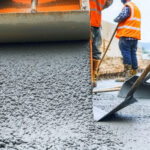Foam Insulation Types
At the heart of each panel is typically a foam insulation core, commonly made from polyurethane (PUR) or polyisocyanurate (PIR). PIR, in particular, handles higher temperatures and can achieve better fire-resistant ratings, an important consideration in industrial facilities. Foam densities, thicknesses, and lamination techniques can be tailored to meet local code insulation R-value requirements.
Joint and Seal Systems
IMP assemblies rely heavily on joint integrity to maintain a watertight and airtight envelope. Recent innovations include:
- Double Gasket Seals: Enhanced rubber or silicone gaskets that ensure redundant moisture barriers.
- Concealed Fastener Systems: Clips or integrated extrusions that lock panels together without visible screws or rivet heads.
- Reinforced Corners: Custom corner pieces that maintain the same finish and texture, preserving the design continuity around building edges.
This attention to detail results in exteriors that appear as single, monolithic walls—emulating tilt-up’s large concrete slabs.
Advanced Coatings and Embossing
From a design standpoint, coatings are the linchpin in achieving tilt-up lookalikes. Manufacturers use:
- PVDF (Polyvinylidene Fluoride) Coatings: Known for fade resistance, color stability, and chemical resistance. They can be formulated for gloss or matte finishes to simulate cured concrete.
- Textured Powder Coatings: Provide tactile surfaces reminiscent of stucco or rough concrete.
- Embossed Steel Sheets: Introduce shallow ridges or patterning before the panels are bonded to insulation, creating subtle visual interest.
Thanks to these production processes, IMP exteriors now span the style spectrum from rustic masonry to modern cast-in-place. The result? An architectural palette that stands toe-to-toe with tilt-up’s imposing facade.
Energy and Sustainability Advantages
While design is critical, energy efficiency remains a driving motivator for modern commercial construction. IMPs inherently push the envelope:
- High R-Values: The continuous insulation approach reduces thermal bridging, ensuring low U-values across large facade areas.
- Improved Airtightness: Tight, well-sealed joints curtail air leakage, which can otherwise sabotage HVAC efficiency.
- Green Certifications: Buildings employing high-performance panels can more easily comply with codes like IECC (International Energy Conservation Code) and pursue LEED credits under the “Energy & Atmosphere” category.
Additionally, metal skins on IMPs are often made from recycled steel. Combined with the possibility of reusability or recycling at end-of-life, this can reduce a building’s overall carbon footprint.
Installation Efficiencies and Cost Savings
Construction schedules are critical to owners aiming for quick occupancy or reduced labor overhead. IMPs accelerate builds in several ways:
- One-Step Enclosure: With insulation, vapor barrier, and exterior cladding combined in a single product, crews can enclose the structure faster than multi-step processes (e.g., tilt-up + insulation + interior cladding).
- Lightweight Panels: Individual panels weigh far less than concrete panels, minimizing the crane or rigging capacity needed, and often allowing smaller crews.
- Factory Precision: IMPs arrive with consistent quality, color, and dimensions, cutting down on the unpredictability sometimes associated with site-poured methods.
For owners, fewer site deliveries, less specialized labor, and an expedited dry-in phase can culminate in significant cost savings—especially when factoring the potential for fewer schedule overruns.


